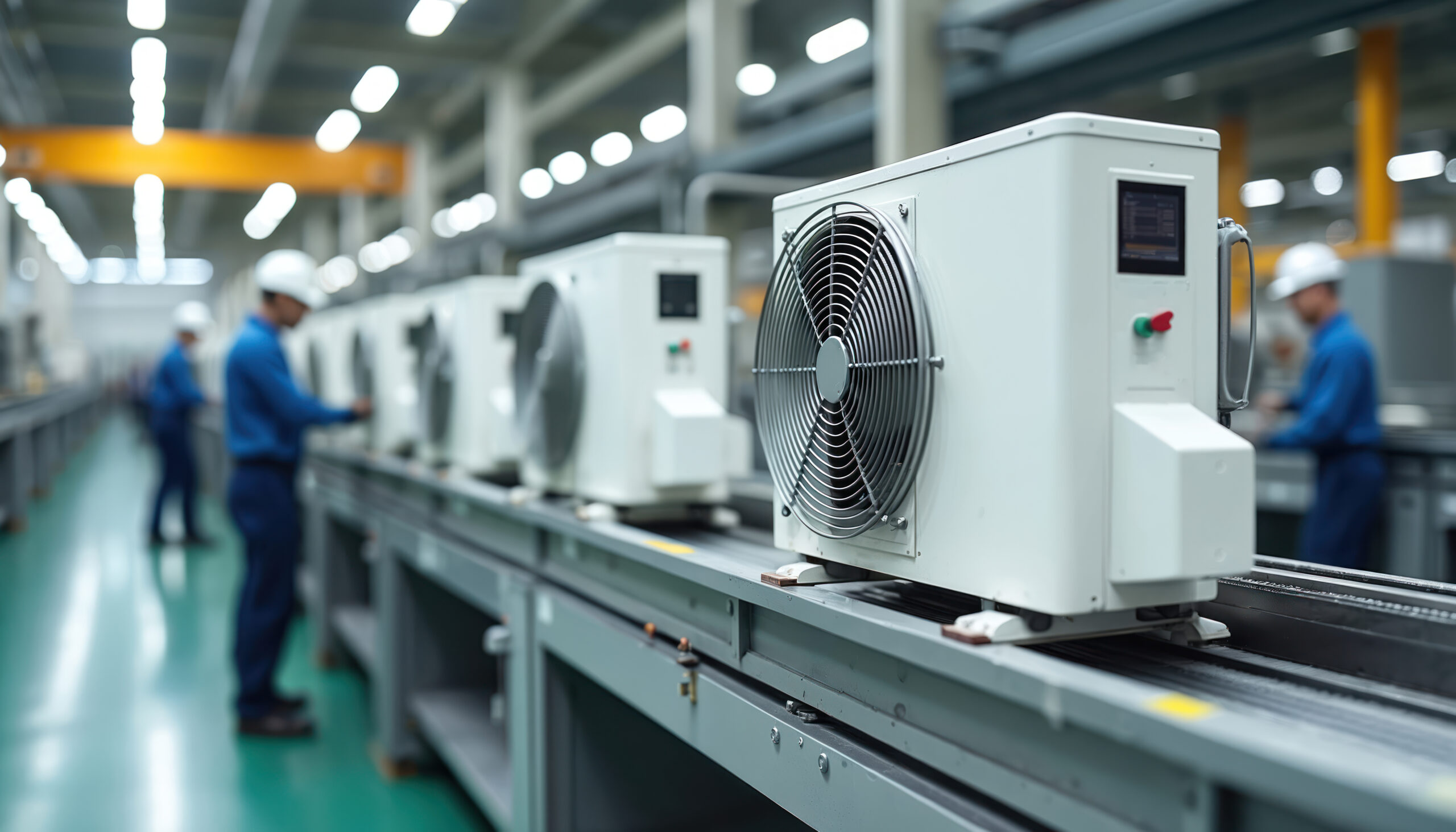If you’ve ever asked yourself how an air conditioner really works—or why your system stops working in the middle of an Arkansas summer—this blog is for you. This complete AC unit parts guide explains the key components of your air conditioning system, how they function, and when to call in the pros.
Whether you’re in Van Buren, Fort Smith, Greenwood, or Alma, AR, understanding your AC system can help you stay cool, save money, and extend your unit’s life.
AC Unit Parts Guide: A Breakdown of Essential HVAC Components
Your AC system is a complex machine made up of multiple interdependent parts. Understanding these can help you diagnose issues faster, communicate with HVAC professionals more clearly, and take better care of your home comfort system.
Thermostat – Control Center of the AC Unit
The thermostat is the control hub of your AC system. It senses room temperature and signals the system to turn on or off to maintain your desired climate. Many modern thermostats offer programmable or smart capabilities that can improve energy efficiency.
Evaporator Coil – Cooling Core in AC Unit Systems
Located inside the air handler or attached to the furnace, the evaporator coil absorbs heat and humidity from indoor air. This is where the cooling begins. It’s important to keep these coils clean to maintain proper airflow and cooling capacity.
Condenser Coil – Heat-Release Element in AC Units
The condenser coil, housed in the outdoor unit, releases heat extracted from inside your home. Keeping it clean is crucial for efficient performance. Debris or dirt on this coil can cause your system to overheat or work harder than necessary.
Compressor – The Heart of the Air Conditioning Unit
Often referred to as the heart of the system, the compressor circulates refrigerant between the evaporator and condenser coils. It also raises the pressure and temperature of the refrigerant gas, allowing it to release heat effectively outside.
Fan & Blower Motor – Circulation System of the AC Unit
These components push air over the coils and through your ductwork to distribute conditioned air throughout your home. If your AC runs but doesn’t seem to push air, the blower motor or fan might be failing.
Air Filter – Indoor Air Quality & Protection for AC Systems
Air filters trap dust, debris, and allergens. Dirty filters can choke your system and reduce air quality. A clogged filter is one of the most common causes of AC inefficiency. Learn more about how often to change air filters.
Drain Line – Moisture Management for AC Unit Efficiency
This part removes moisture collected during the cooling process. A clogged drain line can lead to leaks, musty odors, or even a full system shutdown. It’s a simple part but plays a big role in indoor comfort and safety.
Refrigerant Lines – AC Unit Cooling Circulation Pathways
These copper or aluminum tubes carry refrigerant between the indoor and outdoor components of your AC unit. If these lines develop leaks, your system will lose its cooling ability and may freeze up.
Capacitor – Power Supply Support in AC Systems
This small but powerful part stores energy and helps your AC motor start up. A failing capacitor might cause clicking sounds or complete system failure.
Contactor – Electrical Switch for Air Conditioner Activation
This electrical switch sends voltage to your system’s components. If it fails, your system may not start at all. This is a common cause of “no power” issues.
AC Unit Parts Guide to Common Failures and Warning Signs
As durable as AC systems are, certain parts tend to wear out or fail over time:
- Capacitor Failure – The system might click but won’t start
- Thermostat Issues – May show false readings or fail to trigger cooling
- Clogged Filter – Reduces airflow and system efficiency
- Dirty Coils – Decrease heat transfer, causing poor performance
- Low Refrigerant – Could mean there’s a leak, leading to frozen coils
- Broken Fan Motor – Results in little to no airflow and poor cooling
When parts fail, it’s not always easy to know whether to repair or replace. Our AC repair experts at Riverside Comfort Care can diagnose and recommend the best option.
Why Knowing Your AC Unit Parts Matters for Homeowners
Understanding your AC parts helps you:
- Catch problems early before they escalate
- Ask better questions during service visits
- Understand your energy bills and system efficiency
- Avoid overpaying for repairs or unnecessary upgrades
Routine maintenance can prevent most common failures, saving you time and money in the long run. Our maintenance plans are designed to catch problems before they result in full system failure.
When to Call Riverside Comfort Care for AC Part Replacement
If you’re noticing uneven cooling, unusual noises, a unit that cycles constantly, or a system that simply won’t run, it’s time to reach out. At Riverside Comfort Care, we proudly serve:
We’re certified, insured, and trusted by the BBB and Van Buren Chamber of Commerce, highlighting our reputation for honest, quality service.
Explore More HVAC Resources from Our AC Blog
Want to keep learning about your system? Check out these helpful articles:
- Why Is My AC Not Blowing Cold Air?
- Air Conditioner Not Turning On? Try This
- How Long Do AC Units Last?
Our blog is full of helpful content to guide homeowners in Fort Smith, Alma, and the River Valley.
Call Riverside Comfort Care Today for AC Unit Service
We hope this AC unit parts guide helps you understand your cooling system better. When you’re ready for a tune-up, part replacement, or full system installation, trust Riverside Comfort Care to get the job done right.
Call (479) 353-5266 or schedule your service online. We serve Van Buren, Alma, Fort Smith, Greenwood, and surrounding Arkansas communities with pride.



